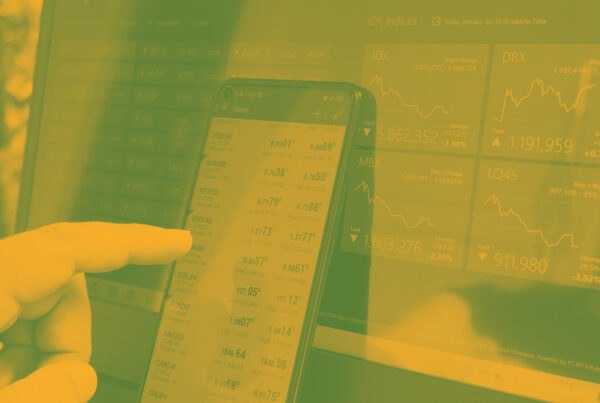Weakening trade balance, political noise, and prolonged high interest rates in the U.S. are factors behind the revision.
Due to the weakening balance of goods and services, delayed interest rate cuts in the United States, and political noise, Buysidebrazil consultancy has revised its estimate for the exchange rate at the end of this year from R$5.20 to R$5.40 per dollar. “We believe there is some room for currency appreciation in 2025, namely due to the expected weakening of the dollar, given the probable decline in the Fed Funds rates, but this might not materialize if domestic risk premiums rise again,” economists Andrea Damico and Thaís Rodrigues said in a report to clients.
The consultancy highlights that in the first four months of this year, the impact of adjustments in expectations regarding the Federal Reserve (Fed) was evident on emerging market currencies. According to Buysidebrazil’s economists, strengthening the Brazilian real, driven by external factors, would require a loss of strength in the DXY, the benchmark index tracking the dollar’s movement. “In this regard, we do not foresee such a movement for now, as we identify: 1) some resilience in the U.S. economy (with the labor market still strong and financial conditions loose); and 2) a favorable interest rate differential for the U.S. compared to other advanced countries,” they said.
Some reversal of this external movement may occur in 2025, according to Damico and Rodrigues. “For this reason, we expect the real to benefit next year from the weakening of the dollar, closing at R$5.30 in December.”
Another point of concern is the trade balance of goods and services. The economists note that imports have been increasing in volume this year, and not just in a specific segment. “Imports have shown widespread growth in quantity, in line with recent labor market data showing significantly strengthened wages, which have sustained consumption,” Buysidebrazil reports. “Additionally, investments showed significant recovery in the first quarter and are likely to continue in the second quarter, possibly driving imports further.”
On the export side, Damico and Rodrigues point out that international prices for key products in Brazil’s export portfolio have fallen significantly. “The prices of iron ore, soybeans, and corn have dropped by 23%, 13%, and 25%, respectively, since the beginning of the year,” they note. Although oil prices have not fallen, the volume exported was lower than before. As such, in the consultancy’s view, “exports are declining due to price effects, but there is also a significant decrease in the quantity exported in the second quarter of this year.”
Despite this deterioration, the economists recall that trade flows were robust in the early part of the year but believe that this stronger performance is unlikely to continue. Referring to a study by Brazil’s central bank on money held abroad by exporters, they point out that “there is no accumulation abroad that suggests a future inflow which could positively impact the exchange rate,” and they also mention that the contracted financial flow is deepening its deficit. “This trend is likely to persist in the coming months, especially considering that seasonality indicates that the largest outflows occur in the last quarter.”
Buysidebrazil indicates that part of this negative financial flow can be attributed to foreign investors leaving the Brazilian stock market due to aversion to local risks. They cite changes to the fiscal framework, the revision of the 2025 primary result target, signals of intervention in Petrobras, repeated questioning of the central bank’s actions and autonomy by the government, the rejection of the provisional measure on PIS/Cofins credits, and the government’s resistance to adjustments through spending cuts.
Finally, the economists remind us that while the central bank has changed the methodology regarding cryptocurrency transactions, this does not alter capital inflows and outflows, and the outflow of dollars due to these assets is expected to remain strong, reaching around US$19 billion this year. “The negative currency flow generated by crypto transactions remains, it will just no longer be counted under contracted imports but will be recorded as financial exchange sales. In other words, nothing changes in terms of the overall flow dynamics and, consequently, for the currency.”


